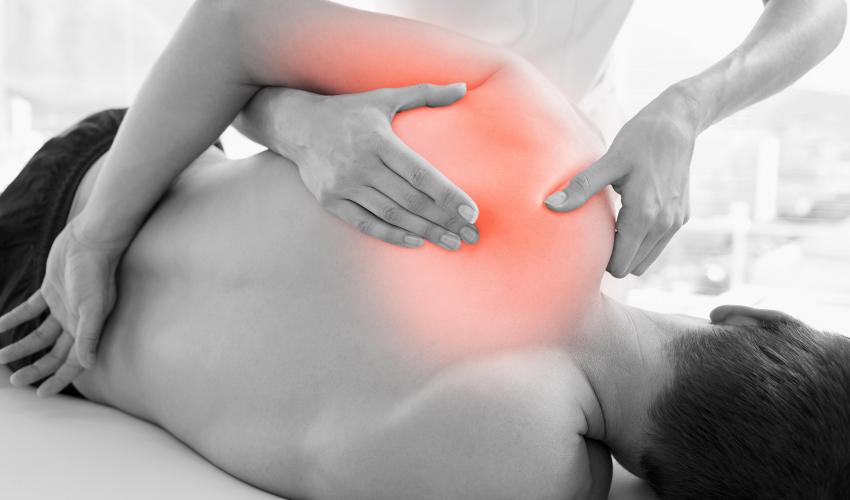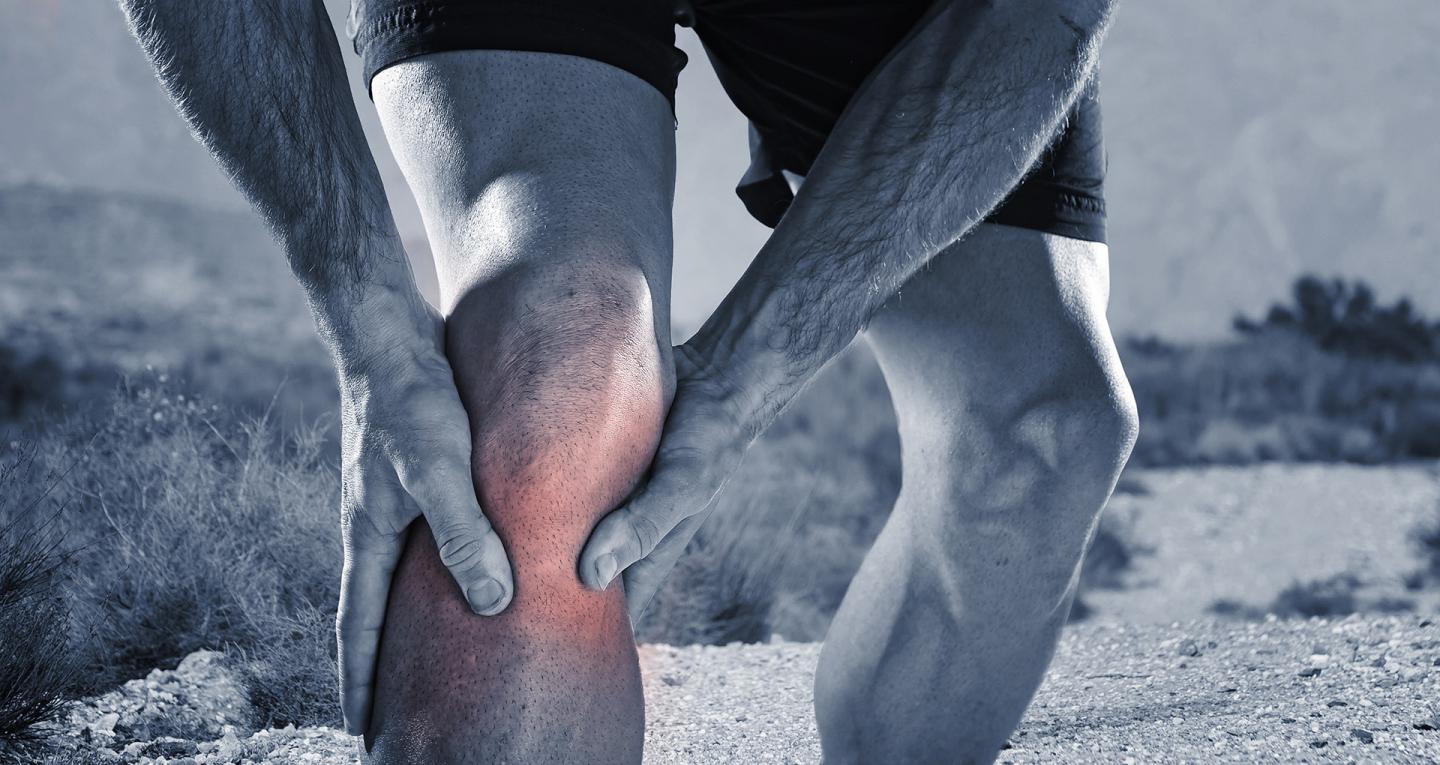
Why is my shoulder still so painful?
It hurts when I swim ? It hurts when I do push ups? It hurts when I serve? It hurts when I'm drilling at work? It hurts when I hang the washing out?
So, you've been suffering from a sore shoulder for some time?- it's starting to get annoying? Getting frustrating? Maybe even getting you down? Interfering with your hobbies and what you enjoy doing?
The possibilities are endless- but why is it still sore?
We at Neutrient Physiotherapy want to help and get you out of pain and back to what you love.
The interesting thing is that the source of pain is often not the cause of the pain.
I'l say that again... the source of the pain is often not the cause of the pain.
(For more information on how we can help you, check out our treatments page at https://www.neutrient.com.au/treatments/ )
Below are some common reasons for shoulder pain and some suggestions for you to explore and try out for yourself. Remember we are always here to help or give advice if you need.
1. Reduced mobility in the thoracic spine (mid back)
Yes, that's right- your back can affect your shoulder quite significantly. If you are restricted in thoracic rotation (twisting) and/or extension (straightening), your shoulders may be impacted.
TRY THIS: Go ahead and sit or stand in a slumped position. Lift your arms above your head as far as you can. Doesn't feel good does it? Gets a bit stuck doesn't it?
NOW, sit or stand up straight and try the movements again to see how it feels- The range should improve and the movement feel easier. Think about this and how it may relate to the posture YOU hold during the day or when you're doing those overhead presses at the gym.
2. Altered motor control
Movement of muscles, joints and limbs is controlled by the Motor Control Centre (MCC) in the brain. If there is a disconnect between the body and mind, then some of your movements may not function optimally. Dysfunctional movement patterns can be caused for countless reasons but commonly occur from knocks or bumps, non optimal postures or as compensation mechanisms for pain or dysfunction in another body part somewhere else. (These knocks and bumps do not have to be directly onto the shoulder either).
3. Reduced core control and dysfunctional breathing patterns
Yes, you read that right too- Your core and your breathing can absolutely affect your shoulder.
Your intrinsic core needs to be strong and should provide a stable base for all other movement. The things that the the intrinsic muscles have in common is:
- They are Tonic Muscles- This means that they contract to provide stability to the trunk and core. They are also important in respiration.
- They build an energy supply that is then transferred into the outer core and peripheral regions to create movement.
"How does this affect my shoulder"?
If the intrinsic core muscles are not doing their job properly, then something else has to take up the slack- this tends to be the Phasic Muscles. Phasic muscles should be used to move things. For example, the rotator cuff muscles in your shoulder are designed to move and control shoulder movement. These little muscles are not designed to try and stabilise your whole trunk and control your breathing at the same time as your shoulder.
When they do they get tight, sore, grumbly and guess what? PAINFUL.
From another perspective- Imagine a crane arm- its job is to move up/ down/ around etc which it manages to do very well. What would happen if that crane arm not only had to do these things but also prop the crane up on the floor to stabilise it and stop it from falling over? At best it would no longer be very good at its job, most likely the crane would fall over or break; particularly once some load was added onto it.
So, lets Process that information...
1. Posture can contribute to pain in the shoulder, particularly if load is added in a compromised position. Pain can alter motor control.
2. Poor motor control can affect normal movement which may affect posture and/or lead to pain.
3. Poor core and breathing control can affect motor control and influence posture which may cause pain.
Summary: Posture, core and motor control are all intrinsically linked and all three may need to be addressed to get to the cause of your painful shoulder.
WHAT SHOULD YOU DO NOW?
Below are some suggestions that I invite you to try. Let me know how you get on.
1. Self assessment of posture
What is your resting posture when you are sat? What is your resting posture when you are stood? Is your mid back slumped and your head jutting forwards with a crease in your neck? If it is, can you change it? Can you maintain this change? How long can you hold it for? Where does it feel restricted?
2. Self assessment of movement
Lift your arms up in front of you all the way up, lift them out to the side, try one hand behind your head then the other, one hand up behind your back then the other. How did it feel? Was one side different to the other? Was it painful? Where did it feel stiff? If you change your posture does this change how the movements feel?
3. Previous Injuries
Have a think about any knocks, bumps, injuries or surgeries you have had in the past- Go right back as far as you can remember and write them ALL down no matter how small or insignificant they seem. Come up with a time line and see where in the chain of events that your pain began. You might just surprise yourself and discover some contributing factors to your shoulder pain. Bring this along to your appointment.
4. Breathing
TRY THIS- If you have shoulder stiffness or restricted movement (Have a play- move your shoulder into different positions and see where its limited, point 2 above).
Lay onto your front on the floor and try some Crocodile breathing (20 breaths).
Gently draw your ribs under towards your pelvis. Breathe in through your nose and out through your mouth; try to breathe right down into your tummy so you can feel it pressing into the floor. Place an object on your back such as a small book and try to breathe this up towards the ceiling.
Stand up and see if your shoulder movement has changed?
I hope you have found this information useful. If you need some guidance exploring these movements or some assistance in managing your shoulder pain then please get in touch- Here at Neutrient we are always willing to help.
Give us a call, contact us on the form below or email jonathan@neutrient.com.au
If you liked this blog, please share it so others may benefit from it too :)
Remember... Your body deserves the right Neutrients...
The information above is general in nature. Neutrient Physiotherapy provides this information on the understanding that the reader takes responsibility for assessing its relevance and accuracy. This information is not intended to replace or substitute professional medical or allied health advice. You should consult a trained medical professional for consultation, diagnosis and treatment of injuries and any topic covered.

